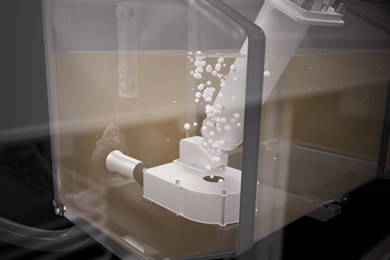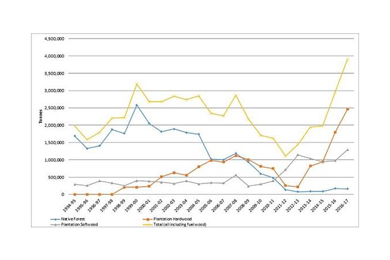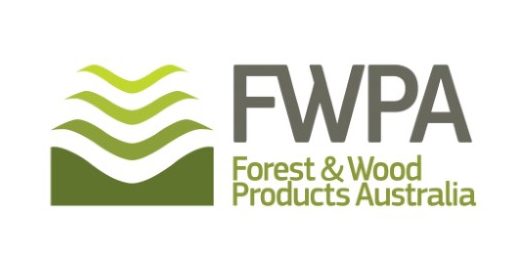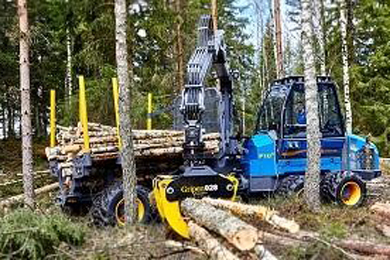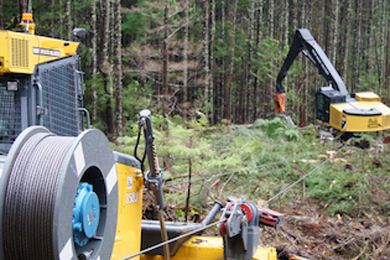Hiab, part of Cargotec, has launched a revolutionary new oil tank using cyclone technology, which reduces oil usage, weight, space and running costs.
The patented technology, the first of its kind in the industry, introduces a new generation of efficient hydraulic oil tanks. The tank uses a cyclone system to remove air from the hydraulic oil returning to the tank, which is up to ten times more efficient than standard systems.
The technology allows oil to be circulated and filtered more often, so that the size of the tank can be significantly reduced. This means that the volume of oil required is also significantly reduced, plus the slight over-pressure in the system’s outlet prevents cavitation in the oil pump, leading to a longer operational lifetime for the pump, oil and hydraulic system.
“Our new cyclone oil tank is a game-changing accessory for use in a truck-mounted or crane-mounted application,” explains Markus Sjöqvist, Hiab’s Product Manager, Loader Crane Accessories. “Because the cyclone removes air from the oil up to ten times more efficiently, we can work with a much more compact oil tank. So, for example, instead of the 250 or 300 liter oil tank you would expect to find on a standard truck mounted with a Loader crane or Forestry Crane, we can now fit a 100 liter cyclone tank. This reduced size and weight allows the truck to reduce its fuel consumption, and lower its CO2 emissions by up to 600 kg a year. The tank size and weight reduction also gives additional cargo capacity, plus the advantages of lower oil usage of up to 60 per cent, and a more durable hydraulic system, so operating costs are reduced too.”
The cyclone oil tank can also be mounted directly onto the crane, and will be included in the crane’s warranty package. The higher mounting position on the crane enables better operating conditions for the pump, and installation costs are lower than the truck-mounted option.
“Reduced weight, volume and cost means more cargo capacity, and better operating profit. The Cyclone tank technology works with most Hiab crane models. Plus the benefits for the environment cannot be ignored by any company looking to reduce their impact on the planet in these climate-challenged times”, concludes Sjöqvist.
Link to an animation: https://youtu.be/UQOZURb63y8
For more information, please contact:
Markus Sjöqvist, Product Manager Loader Crane Accessories, Hiab, tel: +46 70 663 5263, e-mail: markus.sjoqvist@hiab.com
Kent Lindberg, Director, Loader Crane Accessories, Hiab, tel: +46 70 574 8132, e-mail: kent.lindberg@hiab.com
Hanna-Kaisa Talvensaari, Senior Communications Manager, Hiab, tel: +358 40 758 1572, e-mail: hanna-kaisa.talvensaari@hiab.com
Hiab is the world’s leading provider of on-road load handling equipment, intelligent services and digitally connected solutions. As the industry pioneer, Hiab’s more than 3,000 employees worldwide focus on our commitment to increase efficiency in our customers’ businesses and to shape the future of intelligent load handling.
Hiab is part of Cargotec Corporation. Cargotec’s (Nasdaq Helsinki: CGCBV) sales in 2016 totalled approximately EUR 3.5 billion, and it employs over 11,000 people. www.cargotec.com





